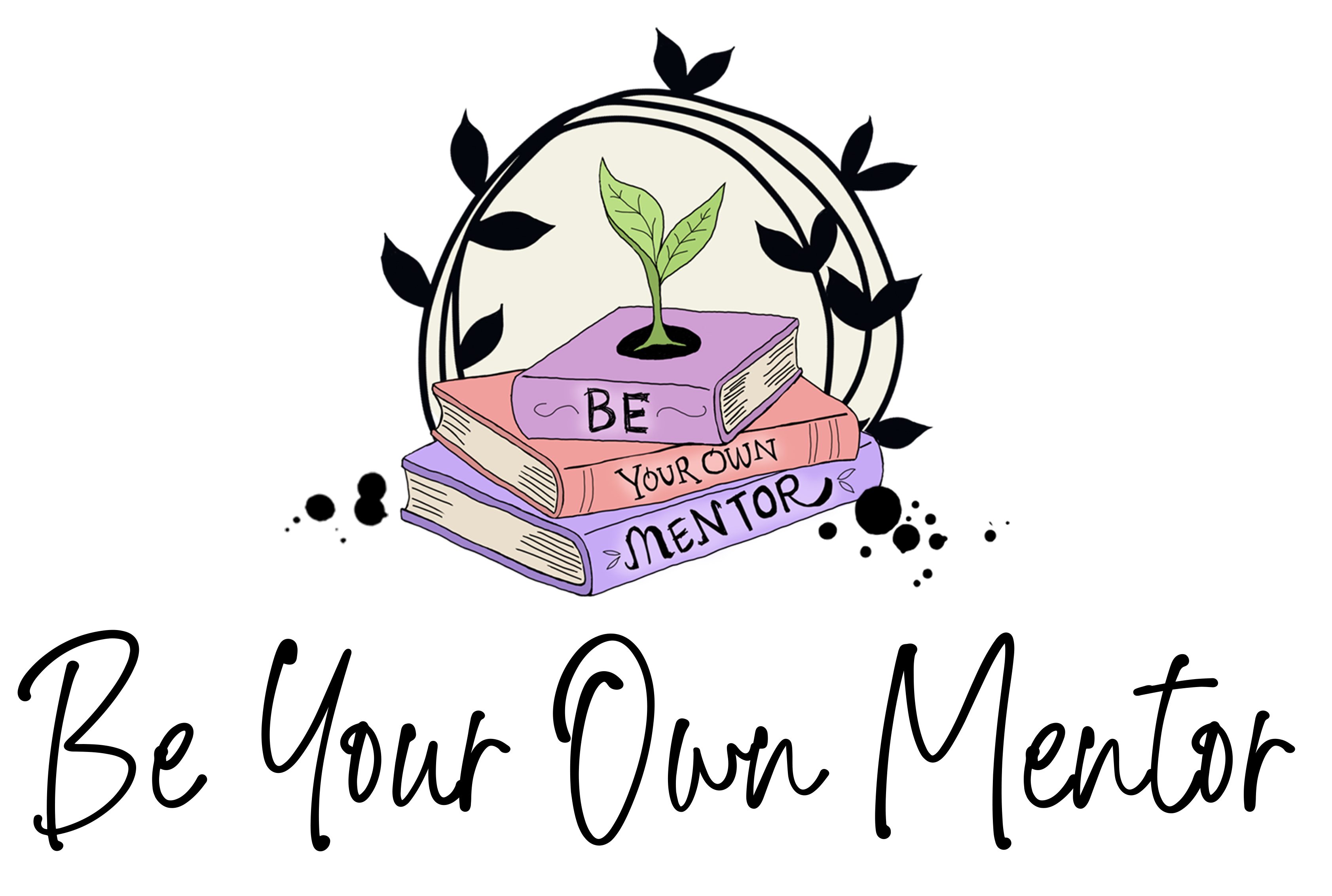Maybe it’s just me, but 2018 felt like a battle on so many fronts. Why not kick off the new year with a few craft books to sharpen your skills and get you battle ready for whatever 2019 might bring.
There are a lot of great resources out there, but these four books are the ones I go back to time and again as I work through pre-writing, outlining, drafting, and eventually revising each of my manuscripts. I get different things from each book, but they all work together to support an iterative writing process.
 More than any other, Story Genius by Lisa Cron taught me how to focus on character motivation as a way of driving all the moving pieces in a story. It walks you step by step through a pre-writing process that will identify what your main character (and, eventually, each supporting character) most wants, what’s standing in the character’s way, and what misbeliefs they hold about their world that further complicate their story.
More than any other, Story Genius by Lisa Cron taught me how to focus on character motivation as a way of driving all the moving pieces in a story. It walks you step by step through a pre-writing process that will identify what your main character (and, eventually, each supporting character) most wants, what’s standing in the character’s way, and what misbeliefs they hold about their world that further complicate their story.
Story Genius helped me understand how a tightly linked series of cause-and-effect, driven by that character’s desire, leads to a gripping story. Now that I’ve discovered it, I run through the exercises each time I working on a new character before I ever write a word of the story.
 Even character-driven stories like the ones you’ll create if you follow the Story Genius method need structure. And if you’re the type of writer who is very character-focused, it’s possible that structure is not your strongest suit. For those who struggle with achieving a story structure that best shows off those rich characters, Robert McKee’s Story is an excellent choice. Like the other two structure-focused industry standards (Story Engineering and Save the Cat), Story is written for screenwriting, but absolutely applies to novel-writing.
Even character-driven stories like the ones you’ll create if you follow the Story Genius method need structure. And if you’re the type of writer who is very character-focused, it’s possible that structure is not your strongest suit. For those who struggle with achieving a story structure that best shows off those rich characters, Robert McKee’s Story is an excellent choice. Like the other two structure-focused industry standards (Story Engineering and Save the Cat), Story is written for screenwriting, but absolutely applies to novel-writing.
Because I already know I struggle with structure, I often use the various story beats outlined in Story, Story Engineering, and Save the Cat to double-check my structure as I revise. Story also deep dives into structure as it relates to genre, setting, and character, and looks at how scene-level structure feeds into the overall structure of your novel.
 Once the character motivation is down and the structure is more or less working, there’s often a bit of a saggy middle that needs to be tightened. Upping the emotional stakes of the story can help with that. And that’s where Donald Maass’s The Emotional Craft of Fiction excels.
Once the character motivation is down and the structure is more or less working, there’s often a bit of a saggy middle that needs to be tightened. Upping the emotional stakes of the story can help with that. And that’s where Donald Maass’s The Emotional Craft of Fiction excels.
If one pass of your revision process doesn’t involve going through to up the emotional resonance, consider adding this book to your repertoire. It will help you give your readers all the feels by showing you how to use symbolic language to convey emotion, how to make the plot work for the emotional themes in your manuscript, and how to up the emotional and moral stakes in your story.
 If you are new to kidlit or only have time to read a single craft book, I would choose The Magic Words by Cheryl Klein. Not only does it provide an excellent overview of the industry, but it also has a process for revision that has been really helpful to my own creative process. Full of practical information on business and on craft, The Magic Words is definitely worth a look.
If you are new to kidlit or only have time to read a single craft book, I would choose The Magic Words by Cheryl Klein. Not only does it provide an excellent overview of the industry, but it also has a process for revision that has been really helpful to my own creative process. Full of practical information on business and on craft, The Magic Words is definitely worth a look.
No matter what stage of the writing battle you find yourself in, add one or more of these craft books to your wordsmithing weapons and use them with confidence as you conquer 2019!
—
 JULIE ARTZ spent her childhood sneaking into wardrobes hoping to find Narnia. Now that she’s older, people think that’s creepy, so she writes middle grade instead. Her stories for children feature the natural world, folklore, mythology, history, and all that is magical about those things. She works as a developmental editor for Author Accelerator, contributes regularly to The Winged Pen and Middle Grade at Heart, volunteers as a Pitch Wars and Teen Pit mentor, and is Co-RA of SCBWI Western Washington. Find her on Twitter, Facebook, and Instagram.
JULIE ARTZ spent her childhood sneaking into wardrobes hoping to find Narnia. Now that she’s older, people think that’s creepy, so she writes middle grade instead. Her stories for children feature the natural world, folklore, mythology, history, and all that is magical about those things. She works as a developmental editor for Author Accelerator, contributes regularly to The Winged Pen and Middle Grade at Heart, volunteers as a Pitch Wars and Teen Pit mentor, and is Co-RA of SCBWI Western Washington. Find her on Twitter, Facebook, and Instagram.
